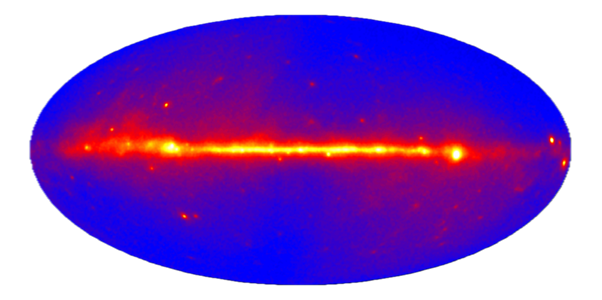| Oct 24, 2025 | Latest updates from the AGILE Data Center AGILE is a scientific mission dedicated to high-energy astrophysics. The AGILE satellite, designed for a nominal operative life of only two years, ceased observations on January 18, 2024, after almost 17 years of successful in-orbit operations. Hereafters are three of the main recent updates from AGILE during the current post-operative phase. 1. The open-source Python package named Agilepy, built on top of the command-line version of the AGILE/GRID Science Tools developed at INAF/OAS Bologna to analyse AGILE/GRID data, was updated twice. The most recent Agilepy version is v1.7.0 (Oct 17, 2025), also available on Zenodo, DOI: https://zenodo.org/records/17378356 2. The SSDC online interactive web table of the Second AGILE Catalog of Gamma-Ray sources (2AGL) gives access to the skymap images and now also to the available light curves (4-day timebins both as png plots and in ASCII data format), providing supplementary material to the published catalog paper. 3. A complete (Level 3) data reprocessing (pointing + spinning) was performed on 64-bit computers to produce new Aitoff maps of the entire AGILE sky (deep Aitoff skymaps) with the Scientific Build 25 and new calibrations (IRF H0025).  |
| Feb 28, 2025 | AGILE legacy archive follow-up of the exceptional Km3Net neutrino event Km3-230213A New ATel issued: ATel #17056 (G. Panebianco et al.). |
